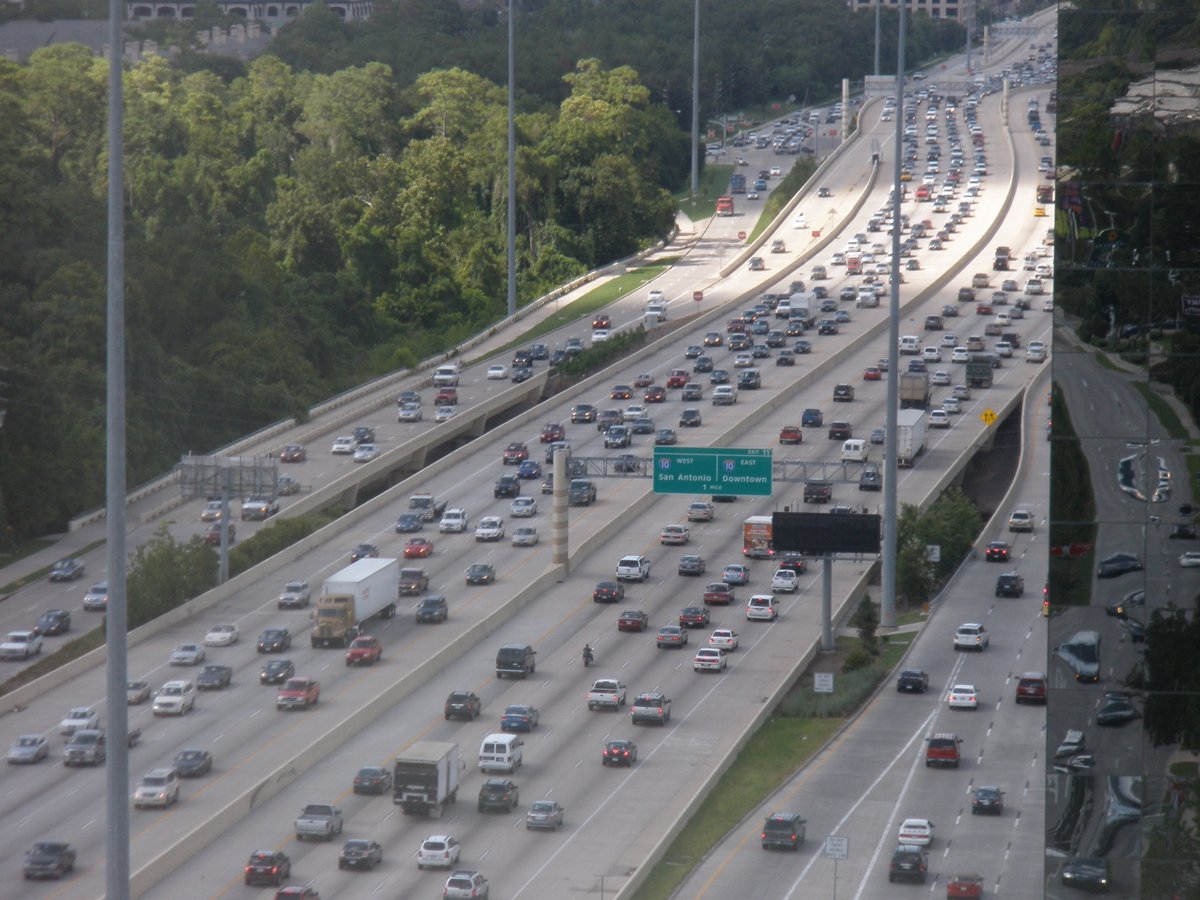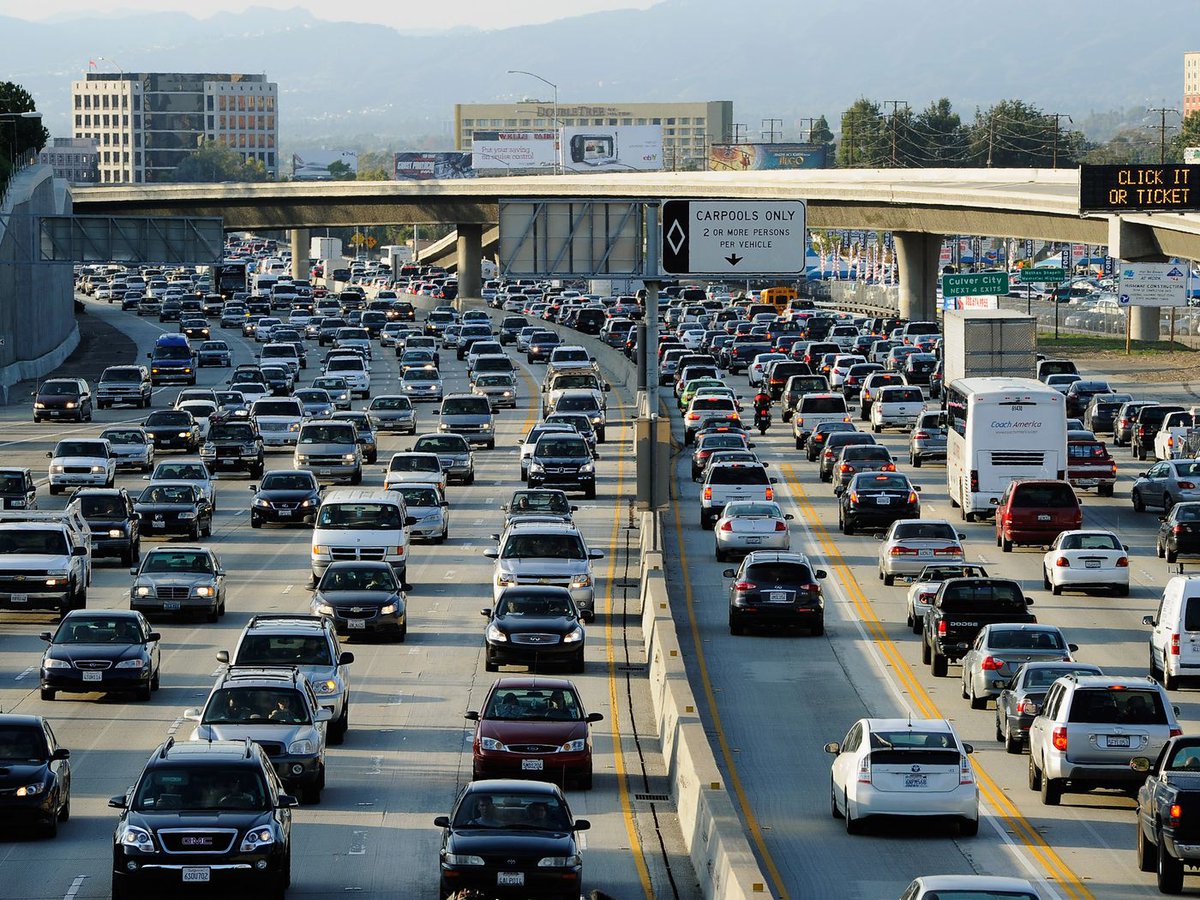Right now, there is nowhere in the UK where someone who doesn’t want to cycle will be forced onto a bike because they have no other safe option to get where they need to be.
The same can’t be said about driving.
The same can’t be said about driving.
All over the country there are places where individuals and families who don’t want to drive are left with no other option. Cycling feels too dangerous. Walking isn’t possible. Many are forced to buy cars they can’t afford just to keep a job.
You don’t want to cycle? That’s fine! You don’t have to. But imagine for a second how mad and disempowered you’d feel if that became your only choice.
It’d be shit, right?
It’d be shit, right?
That’s why #StreetspaceLDN and other similar campaigns across the country are so important.
They’ll never force you to travel in a way you don’t want to. They’ll just make sure others can break free of that exact situation.
They’ll never force you to travel in a way you don’t want to. They’ll just make sure others can break free of that exact situation.
• • •
Missing some Tweet in this thread? You can try to
force a refresh








